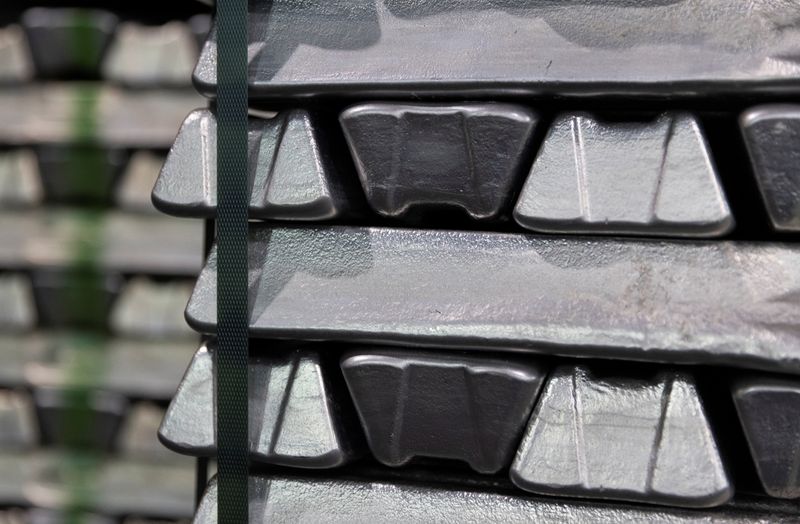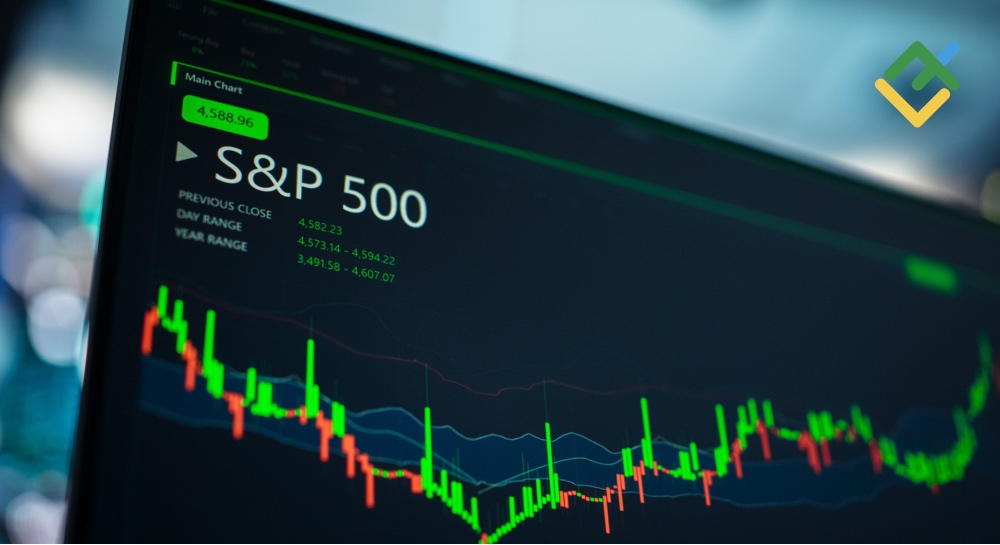
By Yuka Obayashi
TOKYO (Reuters) -Some Japanese aluminium buyers have agreed to pay a global producer a premium of $228 per metric ton over the benchmark price for shipments from January to March, up 30% from this quarter, two sources directly involved in the talks said.
The fourth consecutive quarterly increase, the figure exceeds the $175 per ton paid in the quarter from October to December. It is also the highest premium since 2015, though slightly lower than the initial offers of $230-$260 made by producers.
Japan is a major Asian importer of the light metal and the premiums for primary metal shipments it agrees to pay each quarter over the benchmark London Metal Exchange (LME) cash price set the yardstick for the region.
Negotiations between other buyers and sellers are still ongoing.
The agreement comes amid concerns over tighter supply in Asia after China said it would cancel a 13% export tax refund for aluminium semi-manufactured products from Dec. 1.
The move is expected to boost ingot demand from Asian rolling mills outside China to produce semi-finished products, a source at a global producer said, noting that inquiries for the primary metal is already increasing.
Strong global alumina prices, which prompted some producers to reduce aluminium output, along with civil unrest in Mozambique, have heightened worries over tighter global supply and higher premiums, the source said.
The sources declined to be identified due to the sensitivity of the matter.
Russian aluminium producer Rusal said in November that it will cut output by more than 6% in response to high global alumina prices and as tight monetary policy and an economic slowdown dampen domestic demand for the metal.

Last week, Australia’s South32 (OTC:SOUHY) said that it has withdrawn its output forecast for its Mozal Aluminium smelter in Mozambique amid post-election civil unrest.
“Although Japanese domestic demand remains sluggish, we settled at $228 due to overseas supply risks and the possibility that prolonged negotiations could push prices even higher,” another source at a Japanese end-buyer said.
This post is originally published on INVESTING.



